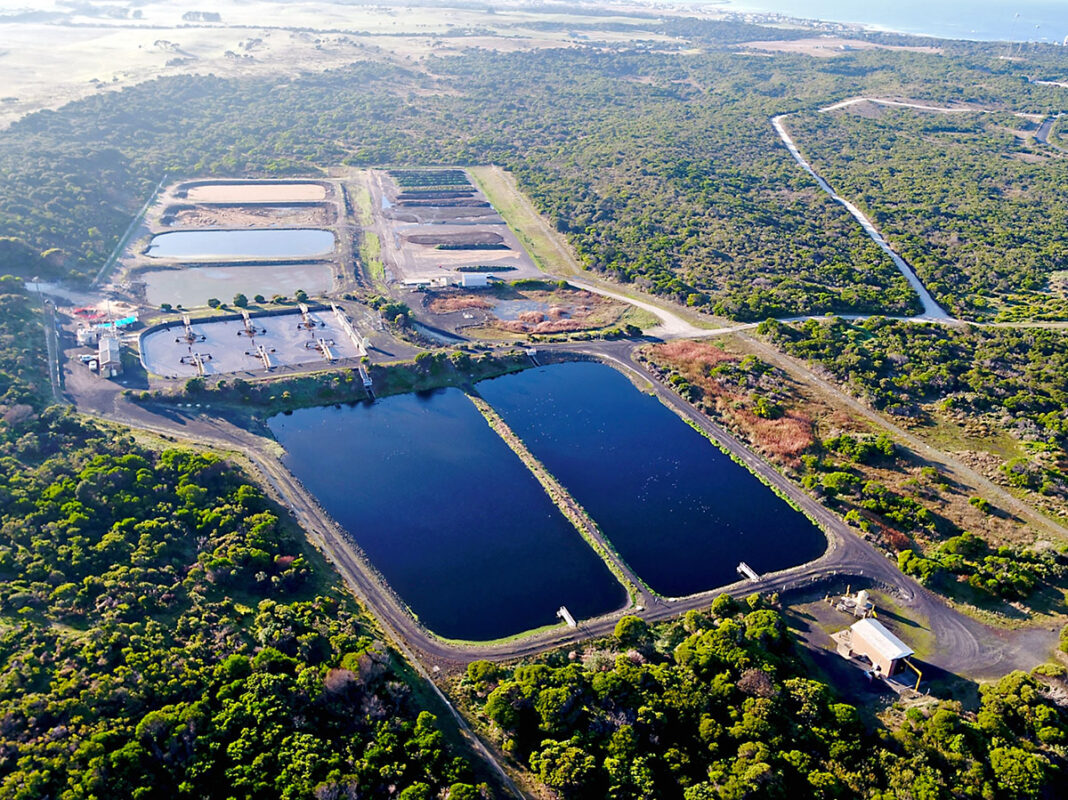SA Water lines up rehab plan for Finger Point pipeline
Work to rehabilitate the Finger Point Wastewater Treatment Plant outfall pipe is set to begin this month, with SA Water’s bypass pipework poised to keep services running for Mount Gambier’s residents and businesses.
Operating reliably for more than 50 years, the plant’s 400-millimetre-diamater pipe will be relined with a PVC liner to create a new internal surface and restore the pipe’s structural integrity.
Last year, SA Water’s inspections confirmed relining as the optimal solution based on minor cracks and leaks found on the outfall pipe – which discharges highly cleaned and thoroughly treated wastewater 100 metres off Finger Point Beach into the ocean.
SA Water’s Senior Manager of Capital Delivery Peter Seltsikas said the first stage of work involved isolating the existing pipe, before activating the plant’s temporary bypass system.
“Our plant plays a vital role in protecting public health by taking wastewater away from Mount Gambier for treatment, and through our temporary system, we’re able to keep this facility operational during our crucial work on the outfall pipe,” he said.
“After reviewing CCTV footage of the pipe, we have plotted the precise location of the cracks and developed a remediation methodology underpinned by relining it with a structural PVC liner.
“Relining pipes is a far more cost-effective and less invasive approach when compared to replacing a pipe, which is especially beneficial in this location due to the surrounding marine environment.”
Mr Seltsikas said once the bypass system was up and running, crews will thoroughly clean more than 200 metres of the pipe to remove any grit, silt, or other debris to ensure it’s clear of blockages.
“As they move along the pipeline, a recycling truck will safely remove the waste to ensure it does not enter the ocean,” he said.
“With the pipe clean and clear, we’ll commence the relining process by setting up on the beach and safely deploying a specialised winding machine into one of the pipe’s access chambers.
“A strip of PVC is then fed into the machine from an above ground spool and is wound by locking the edges together to form a continuous helix with a diameter slightly less than the host pipe.
“The diameter of the liner is expanded to ensure it fits tightly against the wall of the outfall pipe and creates a new section of pipe inside that restores its structural integrity and serviceability.
“At this stage, we expect to start work in mid-February and be complete by early March.
“For everyone’s safety, a small section of the beach and access track will be closed at times to enable our construction, with signage on site providing this notice to the local community.”




